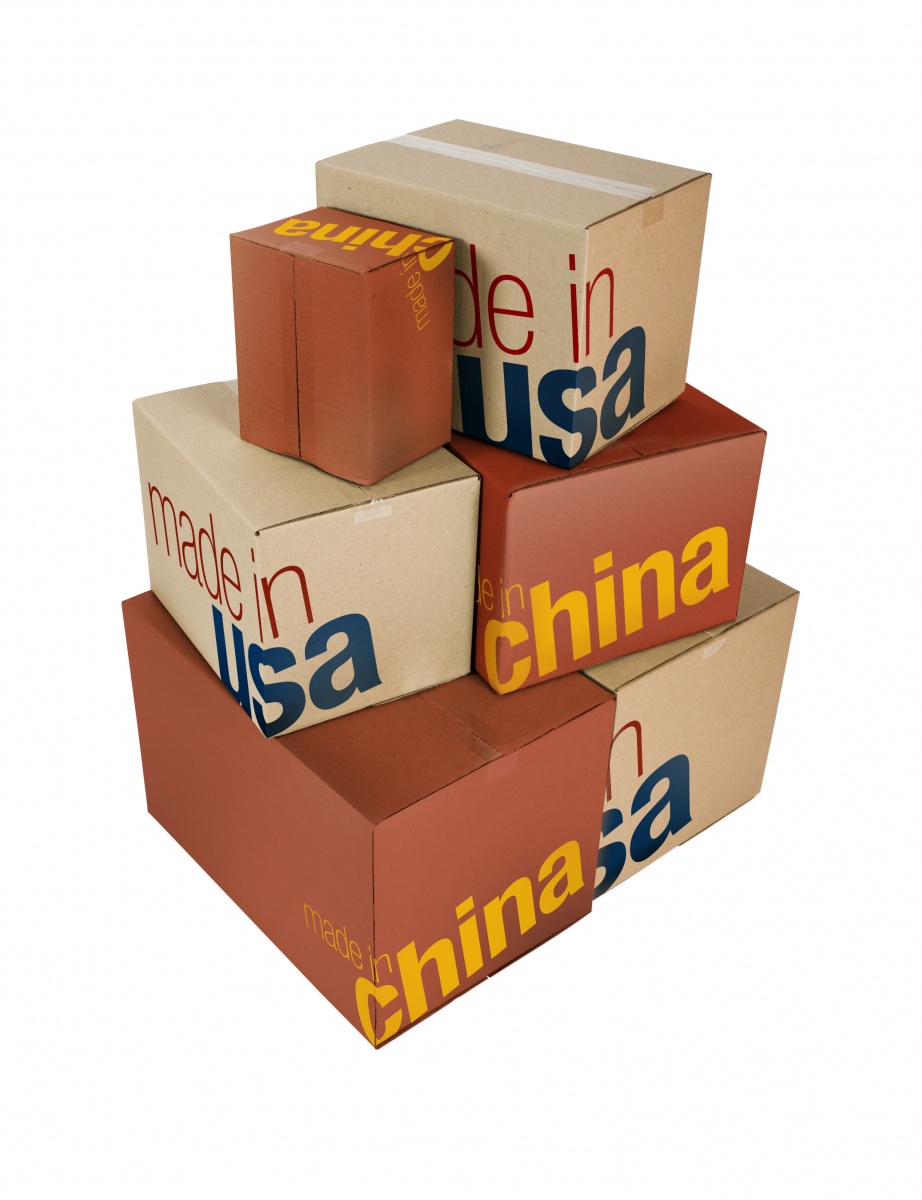When Bringing Manufacturing Operations Back to the U.S. is the Right Choice
It wasn’t that long ago when bringing manufacturing operations back to the U.S. was a taboo topic in C-suites and boardrooms across the country. For manufacturers of high-volume, low-cost products, that’s still likely the case. But drastic changes in the global economy over the last two decades—like a rising middle class in China and the changing workforce needs of today’s tech-savvy manufacturers—is opening up more conversations about reshoring, with some companies now following through.

Having studied reshoring from a variety of perspectives over the past several years, Andrew Whelan—now a consultant to business and industry—knows a thing or two about the subject. He once ran the global mechanical division for Flextronics—a leading U.S.-based provider of design, engineering and supply chain solutions with operations across the globe. He also engaged in a more in-depth study on the topic while working as a consultant for Deloitte, commandeering a study on reshoring just a year ago.

Whelan says more and more companies are making the business case for reshoring; others are resisting the urge to offshore to low-wage nations; while others may never be able to justify reshoring due to the nature of the business they’re in.
“I think there are certain things that make sense to come back, and there are certain things that are going to just never come back,” he said.
“I started my career at Flex in ’99 and [offshoring] was just a default thing. The idea was that we had to get everything to China, no matter what. At that point, I ran a plant in Texas that supplied Dell, and I had to close it and move it to China. And then, we moved our desktop line to China, the servers to Mexico and, three years later, the servers went to China. Back then, it was the default—just get everything to China. And, now, I think you’ve got to take a more discriminatory look at things. Are things going to get reshored? Yes. Is everything going to get reshored? No.”
“There is a reality that when you do try to bring something back from China into the states, you don’t always get the quote that gives you that landed price differential,” he said. “An example is aluminum profiles. I couldn’t get Mexico or the U.S. to be competitive on aluminum profiles relative to Asia.”
“But then there are certain things that you just can’t move to China because of transportation costs, and things of that nature. Certain foams or insulations are just too big and bulky—the cost of transportation will just eat you alive. You have to consider these things on a case-by-case basis.”

So how do manufacturers know when the time or business climate is right for reshoring? It’s a complicated question, to be sure. The good news: there are resources available to manufacturers to help answer that question.
Take, for example, the Reshoring Initiative, founded by former manufacturing executive Harry Moser. Moser and his team have created what they call the Total Cost of Ownership (TCO) Estimator, a free online tool that helps companies factor in all relevant data—price, overhead, balance sheet, risks, corporate strategy, etc.—to determine the true total cost of ownership. Moser says the tool allows companies to better evaluate sourcing, identify alternatives and make a case when selling against offshore competitors. He says the tool is recommended by the U.S. Commerce Department to manufacturers that are weighing their options.
“Total cost of ownership is the most complete analysis,” said Moser. “Some people would just look at the landed cost, but then there’s considerations like customer preference for products made in America, intellectual property, how much inventory you have, write-offs, quality, etc. The TCO estimator quantifies all of those things and calculates the total cost. And if you use total cost, then almost everything else is then considered.”
For more information about reshoring or to access the TCO estimator, visit the Reshoring Initiative’s website at reshorenow.org.
- Category:
- GrayWay
- Manufacturing
Some opinions expressed in this article may be those of a contributing author and not necessarily Gray.
Related News & Insights
Manufacturing
Trending in U.S. Manufacturing: Reshoring
GrayWay
Manufacturing
The New Face of Manufacturing: Partnership to Bring Manufacturing Back to America
GrayWay
Manufacturing
Gray, UBE C1 Chemicals America, Inc., and Cornerstone Energy Park Celebrate Groundbreaking for New Manufacturing Facility
Corporate News
February 26, 2025